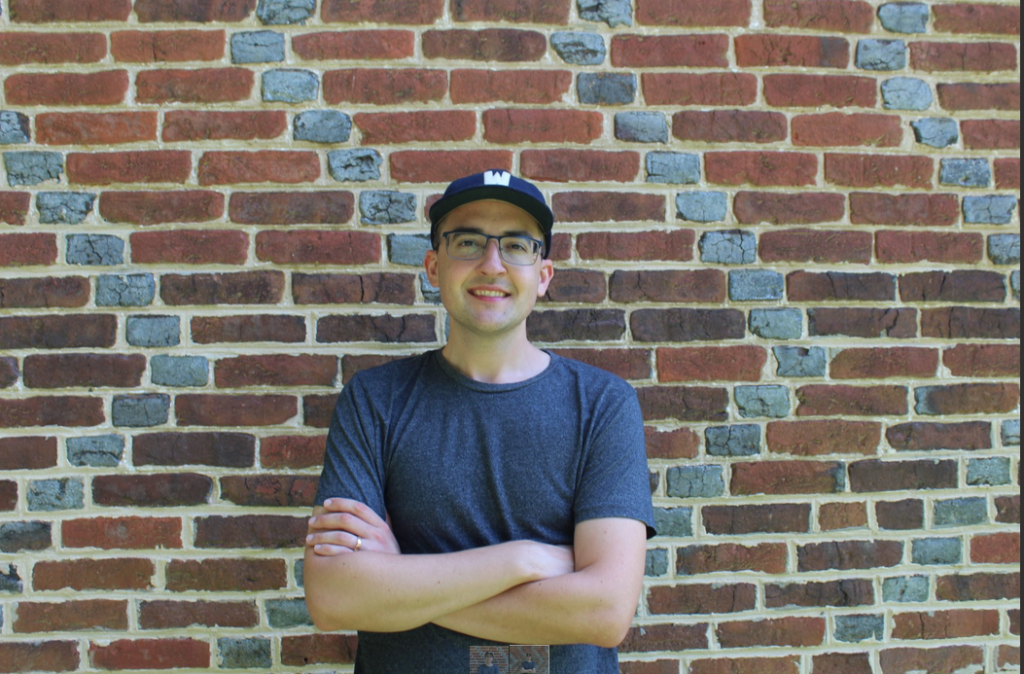
Matthew Skic, curator of exhibitions at the Museum of the American Revolution in Philadelphia, launched his latest project, Written with Bricks: A Guide to New Jersey’s Pattern Brick Architecture, at the Moorestown Library on Sept. 4.
The event was the latest installment of the New Jersey History Speaks Lecture Series, a partnership between the Historical Society of Moorestown and the library.
“Matthew Skic grew up in Hopewell, New Jersey, where he developed a passion for early American history, specifically the American Revolution,” said Lenny Wagner, president of the historical society.
At 16, Skic got his first job as a historical interpreter at Washington Crossing State Park in Pennsylvania, Wagner said at the event. Skic went on to study history at American University and earned his master’s from the Winterthur program in American Material Culture at the University of Delaware.
In 2016, he became curator at the Revolutionary War museum and was awarded a 2022 scholarship to attend the Attingham Trust’s Summer School, an intensive program for the study of British country estates and their collections.
“This is really the beginning of a new personal project of mine, not directly connected with my work at the Museum of the American Revolution,” Skic explained, “but something I‘ve been doing on the side on my own time, and that’s researching New Jersey’s patterned brick architecture.”
As a native New Jerseyan, and Moorestown resident since 2021, Skic has long been fascinated by the state’s distinctive pattern brick structures from the 18th and early-19th centuries. A steady presence in Southwest New Jersey for more than 300 years, buildings with the initials of their original owners and/or their dates of construction spelled out with bricks are a curious part of the state’s historical landscape, according to Skic.
Those dwellings and Quaker meeting houses – including the Nicholson House in Salem County (1722), the Hollinshead House in Burlington County (1776) and the Whitall House in Gloucester County (1748) – have been witnesses to community growth and family change, times of peace and war, economic success and hardship, and freedom and slavery.
Skic started the brick project in 2020 and he has recorded nearly 80 (and counting) of the architectural treasures that still stand. The highest concentration stretches from Mercer County south to Cumberland County. An illustrated guide is forthcoming.
“My project has a goal of creating a more accessible guidebook to these houses …” Skic noted, “sort of encouraging visitors to New Jersey and New Jersey residents to go on their own driving tours and see these houses, many of which can be visible from the road.
“This is really all about raising awareness and building greater appreciation for these houses in a more accessible way.”
Follow Skic’s project on Facebook and Instagram by searching writtenwithbricksnj.









